Marketing Plan Templates
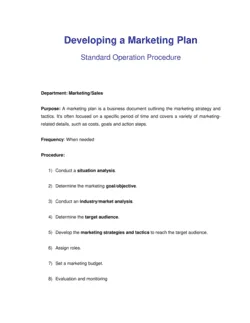
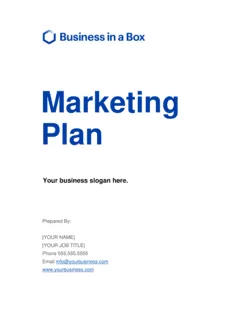
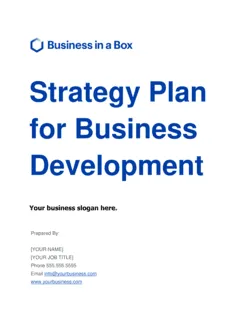
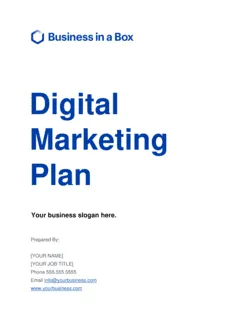
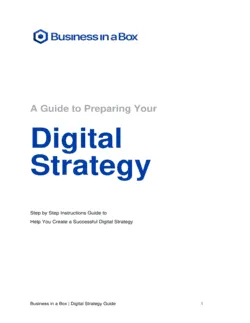
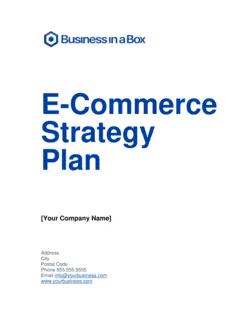
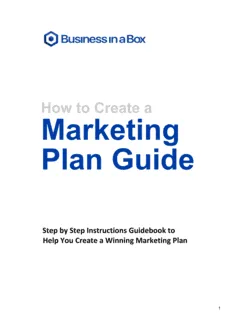
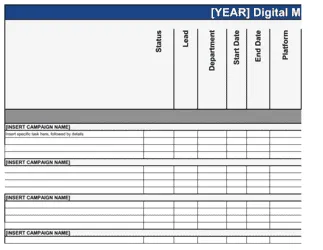
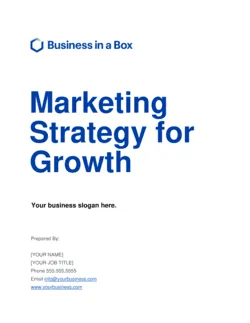

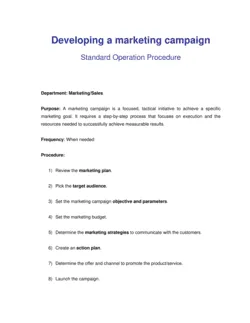

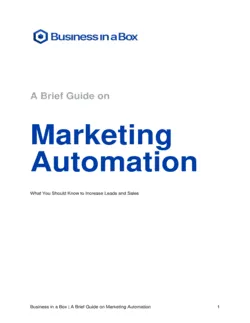
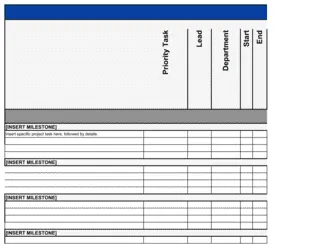
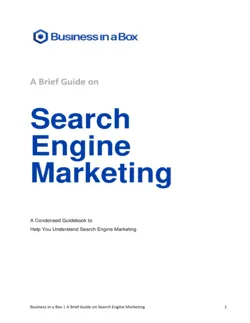
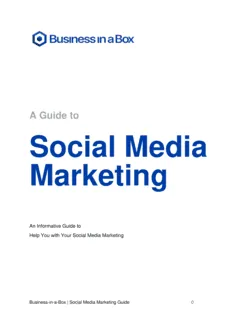
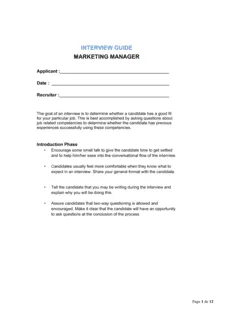
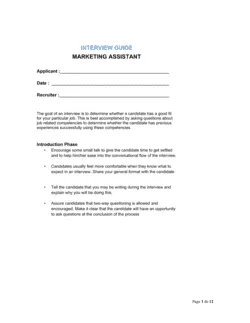
Marketing Plan: A Comprehensive Guide
Most businesses fail because they do not have a comprehensive marketing plan providing them with a direction.
These businesses instead try ad hoc or different marketing tactics without making the proper analysis through a marketing plan.
For a successful advertising campaign and eventually, for a prosperous business, you need an effective marketing plan.
What is a Marketing Plan?
A marketing plan is a report outlining the strategy you need for the coming quarter or year. Typically, a marketing plan outline contains an overview of the business’ advertising goals, a description of where it currently stands, a timeline for the strategy to be completed, and a description for the target market. The scope of the marketing plan that is right for you will depend on the objectives of the business along with what kind of organization it is. Your marketing plan could cover the entire company’s marketing strategy, or for other marketing plan examples, it may focus only on SEO channels, digital marketing, content marketing, and more. There are several sites dedicated to providing marketing plan templates, but Business-in-a-Box provides you with a comprehensive template to start from.
What do you need for an Optimal Marketing Plan?
A marketing plan, as mentioned, can vary depending on the business or advertising campaign needs, and as such, the content used for it changes as well. For those venturing into creating a marketing plan for the first time or just a novice, some standard features go into making one and are imperative for an effective and optimal marketing plan.
Using an Executive Summary
Starting on the right foot is always important, but particularly when you are trying to grab the attention of the reader. For a marketing plan, it is important to catch the interest of the people and provide them with the necessary introduction to what you hope to achieve through the marketing plan. One of the best ways to get people excited to read the marketing plan is through an executive summary that will introduce the reader to the goals, company triumphs, and plans for the future along with any important contextual facts they need to know.
Do a Situational Analysis
Situational analysis is one of the most important parts of the marketing plan. It helps to determine the goals of the company along with the strengths and weaknesses. It also helps in assessing the important partners and target customers while also giving you a view of the competitive environment you are entering. Situation analysis can take months for large organizations but is always beneficial for the marketing plan and for deciding the future direction while keeping the current situation under consideration. The situation analysis also includes a competitive analysis that helps analyze the competitors by listing out their strengths and weaknesses, communicating their key features, and evaluating the products they offer. This will collectively provide an insight into the growth opportunities for the company.
Have Marketing Goals and Objectives
At the core of the marketing plan are the listed strategic goals of the company. The objectives are defining goals of any company that explain the intentions of the company, provide a guideline for the team to follow, and other information required for review by the executives. Goals are a pivotal aspect of determining the right marketing strategy, without which the company will struggle to achieve its plan because of an unclear view on what it hopes to achieve. That is why if you are developing a marketing strategy, you need to have a vision with a concrete list of objectives because you are far more likely to succeed in reaching their goals if they are defined and measurable.
Do a Market Analysis
Market analysis is considered as the foundation of the marketing plan and should be able to explain the market segmentation and market focus. To develop an efficient strategy based on the needs of the target market, you should be able to answer the following questions:
- Who are your customers?
- Where are your customers?
- What do the customers need?
- How are the customers making their purchasing decisions?
- What are they buying?
- How can the customers be reached with marketing and sales strategy?
When estimating the potential market, there needs to are some assumptions made such as the price level for the introduction of new products while assuming that market potential is a stable concept so that it can allow you to make a steady increase in penetrating the market. Make segment descriptions that would include the relevant attributes of the target audience and characterize it to make it easier to review. Find the needs and requirements of your target market and the distribution channels for the customer segment. Market information is easy to obtain, and information is easily available online. Information is accessible and mostly free. See How to make a market research for more details.
Have a Target Audience
Whether your business is a new start-up or you are looking for revamping the marketing efforts, there is one thing that should not be ignored: determining the target audience. Identifying the right target audience can guide you and set the business on the right path. The target audience is referred to as the customers that your products and services are aimed at. Determining the target audience and increasing sales by obtaining more customers should be on every business owner’s mind. Through determining the target audience, you can also determine the price point for your products, types of materials you’ll need for your marketing strategy, the benefits you can feature in the marketing materials, and how to advertise the products and services.
There are certain steps you can use to determine your target audience:
- STEP 1: Identify the target audience using various criteria such as demographic, location, and psychographics.
The demographics include characteristics such as age, gender, educational level, and the industry you are trying to enter. The audience can also be narrowed down by their location, such as picking a country, city, or even a more specified location. If you are aiming to start the business online, specifying the location is not necessary; however, as the business grows, you might find the need to specify it later on. Psychographics are different then demographics such that they are based on the interests and activities of the potential audience along with their attitudes and opinions, which will significantly impact their purchasing behavior.
- STEP 2: Use Market Tools.
There are numerous free target market tools online than can be used to specify and learn more about the potential audience, which also makes finding the location and psychographics easier. They are famous for giving additional data that can be used to define the audience.
- STEP 3: Testing the desired target market.
Once the target market has been identified, test it to see whether it will be your target audience as your business progresses.
Use Marketing Strategies and Tactics
When you have made a situational and marketing analysis and identified the target markets, it is important to develop a marketing strategy, which is a series of steps intended to engage your customers and guide their purchasing decision. There are around 36 strategies and tactics, but not all of them will be appropriate for your marketing plan. You can place your marketing plan at risk through the use of too many strategies at a single time. Finding the right marketing strategy is important for the plan. Setting up goals and objectives will also help in deciding the right strategy and making a timeline based on them that will determine what goal needs to be completed when.
How to write a Marketing Plan?
The main components of a general marketing plan were explained above; however, if you are looking for a template to follow along with, you can browse through the Business-in-a-Box to find one that will best suit your needs. A guidebook on How to Create a Marketing Plan can also help you. The things to always remember when setting up an effective marketing plan is to have target customers, recognize their goals and problems, and explain how you plan to fix them. The target customers should be as specific as possible and should include the demographics and location. This will also help you determine the appropriate marketing strategy. Also, determine the correct marketing channels. Once you have identified the problems being faced by the customers and how to solve them, you need to reach out to the customers to explain your product or service.
What are the best ways to identify a target market?
The target market identification is the foremost process of determining the audience. You can identify them by creating an ideal customer persona. List their needs and wants along with their aspirations regarding the product. Determine not only what they want but what they try to avoid and what information level they have of products and services similar to yours. This is easily achievable using target market tools such as you can fill up target market worksheets to make the process quicker. The target market worksheets are available on Business-in-a-Box website. There are several free tools available also, such as Facebook audience insights, Google Trends, and others.
What is the most important part of a marketing plan?
The important aspects of a marketing plan are dependent on what organization it is for. Still, the commonality for every business plan is the situational analysis where a detailed review needs to be made to see what strategies to pick going ahead, what are the chances of that product succeeding, and the strengths and weaknesses so they can be capitalized on and eradicated respectively. As mentioned before, it is also important to have a target market and a conversion rate, which is the potential of prospects becoming customers and finding the cost of the marketing plan for every customer.
How can my business reach the target audience effectively?
To deliver the message you are trying to convey through your product, you must first know your prospects and see where and how they interact with the world. There are various mediums popular in different regions, such as magazines, journals, social media platforms, YouTube, and Google. You can capture their interest by offering them little incentives such as discounts for their first purchase, free information guides, or free samples. After you have garnered their attention, have a call to action for the next steps, so they are motivated to gain more information about you.
How to perform a competitive analysis?
Competitive analysis is important in finding the strengths and weaknesses of the competitors relative to the products you’re offering and is considered to be a critical part of a marketing plan. The competitive analysis can be done through first identifying the competitors, examining their website and customer experience, their market positions, pricing, problem-solving techniques, and reviewing their social media. There are worksheets and templates available in Business-in-a-Box, making the process easier for you.
Why do businesses need marketing strategies?
Businesses, whether small or big, need marketing strategies to target specific prospects with their advertising. Marketing strategies can also help raise or lower the advertising needed. Setting up marketing campaigns is one of the easiest ways of ensuring your market plans are successful. You can determine who are the prospects by doing online research and using strategies to suit the needs of the target market. Use the available advertising channels that best fit your needs and fulfill the desires of your customers.
Signup to Business-in-a-Box to access our top-quality Marketing Plan Template in Word format and get complete access to preview our collection of 1 900 business templates.
